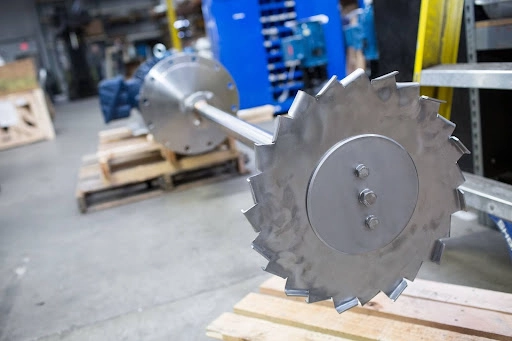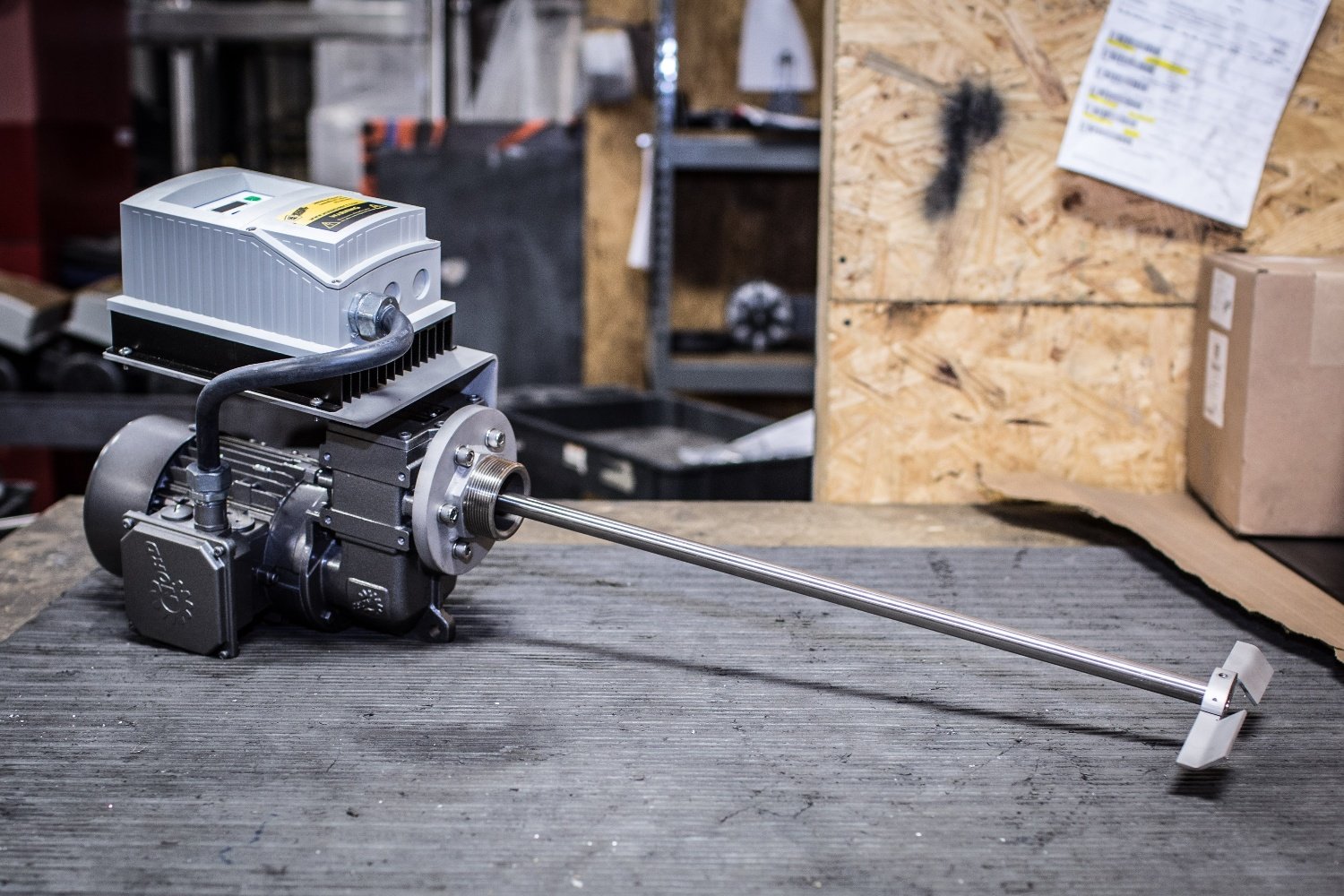The Best Agricultural Mixers for Fertilizer Mixing
Imagine a thriving field where every plant receives just the right amount of nutrients, leading to bountiful harvests.

Access MXD Process resources including blogs, technical guides, manuals, and maintenance tips—everything you need to optimize, troubleshoot, and expand your process knowledge.
Discover who we are, the industries we serve, and the trusted brands behind our process equipment and environmental solutions. Learn how our team brings precision, innovation, and reliability to every project.
4 min read
MXD Process Mar 12, 2024 3:22:23 PM
If you have no idea what kind of mixer you need, but you know you need one, you are in the right spot.
Purchasing any item without knowing much about the product is scary. You’re completely in the hands of the seller. If you choose the wrong business to work with, they may try to upsell you or lead you to unnecessary items. When it comes to mixers – large, relatively pricey products – you don’t want to be dealing with a salesperson just looking to meet a quota.
In this article, we’ll discuss what to consider when making your purchase to ensure you’re finding the best industrial mixer for your application.
Finding the right mixer requires a deeper understanding of the product, aside from the price tag. Keep these 10 things in mind before purchasing your next mixer:
The mixer you choose depends on the type of mixing process you’re looking to accomplish – whether blending, emulsifying, homogenizing, or high-shear mixing.
Blending aims to achieve a uniform composition and consistency in a batch, while on the other hand, emulsifying involves mixing two immiscible liquids (such as oil and water) to create a stable dispersion that typically requires high shear forces.
However, you may not need either process and need an industrial mixer that homogenizes. Homogenizing creates a mixture that’s equally distributed and achieves even finer emulsions. Oftentimes, homogenizing is used in the pharmaceutical or cosmetic industries where consistency and texture are critical.
As mentioned above, you may have different mixing needs which can affect the type of mixer you choose.
For example, you need to determine how the mixer will interact with a vessel. Whether you’re mixing in closed drum barrels, open-top tanks, or small bench-top batches – this will greatly affect your selection. Mixers can either be mounted to a tank or vessel or remain free-standing with a mixer stand.
Additionally, the type of mixer you choose also depends on material viscosity and mixing speed. These elements dictate the efficiency and effectiveness of the mixing process and work to ensure that the final product meets the desired specifications in terms of homogeneity, texture, and consistency.
When mixing materials, especially corrosive, abrasive, or with specific chemical properties, selecting a mixer that can handle your operation – without contaminating or damaging the product is necessary.
Typically, mixers are created from one of three materials:
Finding the equipment for your project requires you to have the right size and capacity of the mixer and industrial mixer motor. This can be determined by assessing your current and future production requirements.
Unfortunately, this assessment will need to be precise and accurate or you’ll experience inefficiencies. Overestimating can lead to inefficient use of resources, while underestimating can limit your production scalability.
Sizing a mixer appropriately is greatly affected by the ingredients and mixing process. It is critically important to size a mixer correctly. To ensure you’re on the right track, reach out to our team at MXD Process to get help sizing your mixer.
While it may be obvious, taking the power and efficiency of your mixer into consideration is incredibly important.
You may want to consider a mixer that minimizes power consumption while still meeting your goals. On the other hand, you may want a high-powered mixer that doesn’t account for efficiency.
Additionally, efficiency in mixing can include having appropriately sized equipment to use the full capacity of the power draw. Over-sizing leads to wasted horsepower, while under-sizing can lead to burning out a motor.
When choosing the best industrial mixer for your operation – you don’t want a tool that’s challenging to use. Finding a mixer that allows for ease of operation and maintenance is essential for minimizing downtime and ensuring a smooth production process.
Some mixers offer features such as intuitive controls, easy-to-clean surfaces, and straightforward assembly/disassembly to increase productivity and efficiency.
To prevent accidents and promote operator safety, industrial mixers should include safety features such as emergency stops and safety interlocks.
Without these features, your equipment may not comply with safety regulations or pass inspections.
While initial industrial mixer costs are typically factored into the cost, it’s essential to also consider the long-term costs.
You may find a lower-priced, used mixer that may last a few years. However, consider how much money you’ll have to invest down the line to keep it functional and efficient. Instead, investing more upfront may allow you to purchase a higher-quality mixer that will perform better for much longer.
Additionally, look for mixers that offer warranties, service agreements, and reliable customer support to maximize the value of your investment.
Unfortunately, not every salesperson is going to have your best interest in mind.
Before making a purchase, make sure your mixer manufacturer has a solid reputation by researching vendor history, customer reviews, and the level of after-sales support they offer.
Customization options allow for your mixer to meet specific requirements. Flexibility allows for mixing optimization, accommodation of unique materials, and integration with existing production.
Some customizable features include:
When investing in equipment for your business – you want the best of the best, without breaking the bank. However, it’s important not to sacrifice quality for low costs.
If you choose the wrong business, you may find yourself with a large expense and a dysfunctional mixer. By keeping these things in mind before making your purchase, you can help yourself in the long run.
If you’re interested in finding the best industrial mixer for your application, contact one of our team members or browse our available selection.
Imagine a thriving field where every plant receives just the right amount of nutrients, leading to bountiful harvests.

Choosing the right high-shear mixer supplier can be the difference between smooth, efficient operation and frequent setbacks due to equipment issues....

Portable mixers are a staple for liquid mixing and suspending solids in a host of different industries around the world. These workhorses can be...